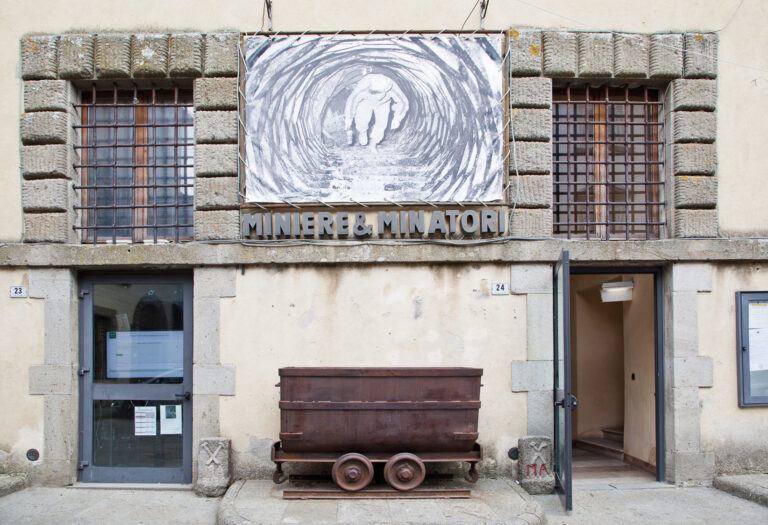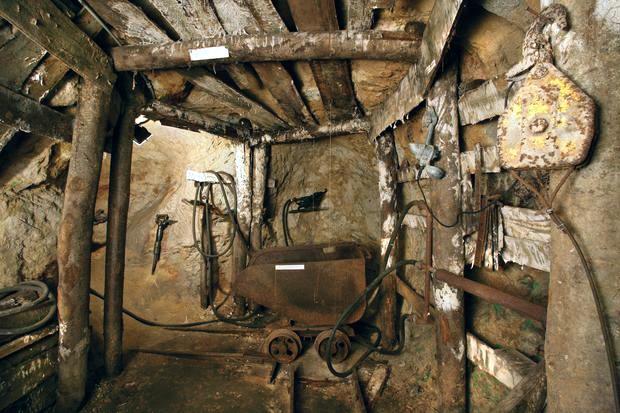Mercury Mining Museum of Mount Amiata
father ernesto balducci's palces
BIOGRAPHY
SANTA FIORA (GR)
Santa Fiora, and more generally the Mount Amiata area, has always been rich in mercury deposits, historical finds show that such deposits were known as far back as the III millennium B.C. Mercury mining, while very profitable, carries risks, due to its toxicity. All of this has had consequences on the lives of the many generations who have given their lives inside the mines.
THE FATHER
His father Luigi worked in the mines, and the family lived "on the margins between misery and poverty": the miner's life was characterized by great sacrifice and dedication to work. Because of the family's economic difficulties, at the age of twelve he was forced to leave his studies and go to work for a blacksmith. Seeing the conditions in which his father worked, he felt the need to "give voice" to the struggles and demands for justice of the poorest, from the miners of Amiata to the marginalized of the city as well as the Third World.
THE DREAM OF A THING
In his book "The dream of a thing" of Amiata writings, edited by Lucio Niccolai, Balducci recounts how, as a boy, he would see these miners coming back at night with lanterns and that, in the distance, they looked like fireflies.
QUOTE
E. Balducci, "La Mariologia viva"
"Mary is not, so to speak, a 'devotee.' How many devotees to Our Lady are there who, as soon as social and political problems are mentioned, are horrified! But Our Lady, when she rejoices, rejoices because 'God has scattered the proud in the thoughts of their hearts, He has overthrown the mighty, He has lifted up the humble, He has satiated the hungry, He has sent the rich back empty-handed.' It is a social and political reversal that Mary contemplates, to exalt the Father. In this exaltation is reflected the consciousness of a life choice, a choice where all values are transformed."
MUST-SEE
Sforza Cesarini Palace
The palace was built around 1575 on the site of the original Aldobrandesque fortress of Santa Fiora. The primitive fortification, of which only two towers leaning against the palace remain, arose around the year 1000 and, in the second half of the 13th century, became the seat of power of the County of Santa Fiora, following the partition of the Aldobrandeschi family's property. The ground floor of the palace houses the Museum.
Museum of Mercury Mines
The museum consists of six rooms furnished with minerals, objects and working tools, and twenty-two panels that illustrate and explore a range of historical, technical, anthropological and social issues related to the world of mining on Mount Amiata.
PICTURES

Museum of Mercury Mines
Santa Fiora

Museum of Mercury Mines
Santa Fiora

